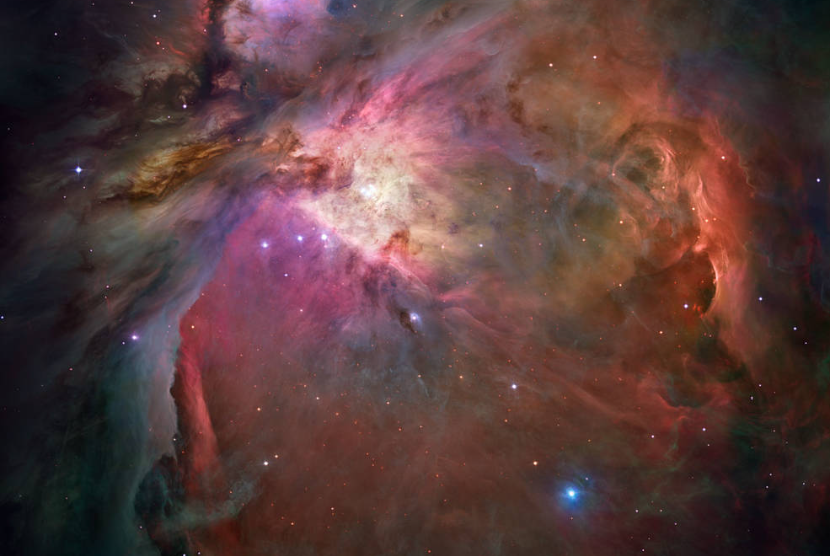The Orion Nebula looks like a fluffy cloud against a dark space background
REPUBLIKA.CO.ID, JAKARTA — One of the most beautiful and spectacular regions of the night sky can be found in the constellation Orion. Between the stars Alnitak, Saif, and Rigel, floats a very thick cloud of interstellar dust and gas.
Reported from SciencealertSunday (14/8/2022), this is the Orion Nebula, the nest of material where baby stars are born and one of the most studied and photographed objects in the Milky Way.
It spans 24 light years, so close and so large that it is visible to the naked eye. Because of their relative proximity (about 1,344 light-years from the Sun), these spectacular clouds are an important laboratory for understanding star formation.
You just have to zoom in, and peer closely at the details. New Hubble image release from Nebula Orion it looks like a fluffy cloud of color against a velvety dark background. But at the center is a rare and beautiful cosmic interaction, fueled by baby star IX Ori.
That interaction, called HH 505, is what is known as the Herbig-Haro object. Forming them requires a very special set of circumstances.
First, you need a baby star. It forms when dense nodes in molecular clouds, such as the Orion star nursery, collapse, rotating, under their own mass. As it spins, it rolls matter from the surrounding clouds, which allows baby stars to grow.
As this material accrues to the baby star, powerful jets of plasma can be launched from the star’s poles. It is thought that some of the material revolving around the star is diverted along the outer magnetic field lines of the star to the poles. These magnetic field lines act as particle accelerators so that, when the material reaches the poles, it is launched at incredible speeds.
The Herbig-Haro object is formed when this beam, traveling at breakneck speed, hits the surrounding gas violently, heating it by shock so that it glows brightly. This creates what looks like two glowing rods of light emanating from the baby star.
These structures change rapidly, so astronomers can study them to understand how baby stars move matter from the clouds around them. This cuts off the supply of gas and dust that feeds growing stars, and determines the size of mature stars.


